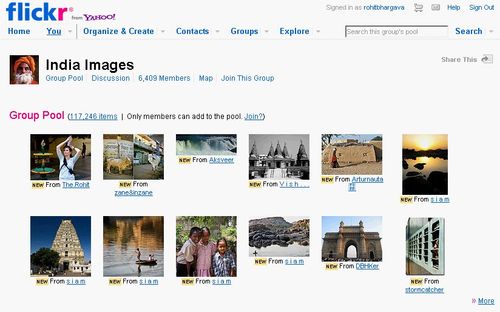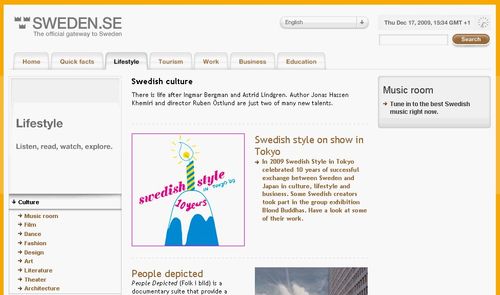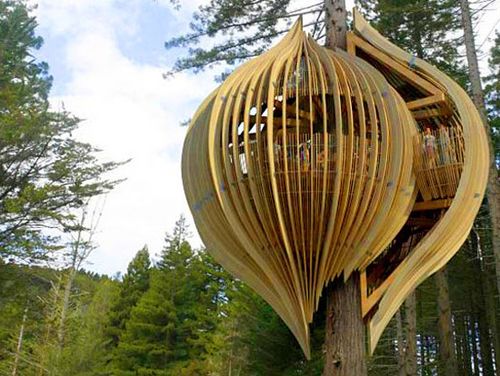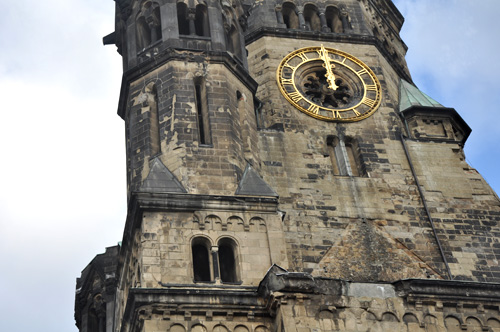What if what you are selling is neither a product or a service? Most marketing advice is distributed based on the assumption that you fit one of these two categories. The unfortunate gap between them is the large category of organizations or businesses that provide an experience – which are often left out. If you were marketing a destination such as a city or country, for example, would that be a product or service? What about a hotel? Or a conference? Or a sporting event? What these examples share is that might be described as both a product AND a service – or at least a collection of other products and experiences. They are all experiences.
For marketers who are focused on promoting an experience, the traditional product or service model doesn't work. When it comes to promoting an expeirence instead of a product or services, here are a few tips and examples that may help:
1. Create a comprehensive starting point. One of the toughest things about travel information online is that it is so spread out. To combat that spread, the country of Sweden created a single hub for everything about their country. From tourism to environmental belief to culture to migration. By putting all this information in once place, Sweden makes it easy for someone to learn about their country and culture. They offer a place to start.
2. Find your best ambassadors. When it comes to most destinations, the power of the experience usually comes most from the people who have already been there and talk about it. The benefit of social media is that you can find these people more easily. They are the ones that upload hundreds of great photos, or comment on message boards or write blog posts. If you can use these tools to find them, then you are in a much better place to think about how you might help them share their positive experience with your destination with even more people.

3. Offer an exclusive and talkable experience. El Bulli is the best restaurant in the world according to several food magazines, and has won that honor for multiple years. It is situated off the Costa Brava near Barcelona in Spain, and the cuisine is so unique the restaurant is closed for 6 months out of every year just so the chefs can develop and practice it. You simply cannot go to El Bulli without telling someone else about the experience – and you have to book far in advance to even get a reservation. That is a unique and exclusive experience.
4. Highlight your best stories (even if you didn't create them). In New Zealand, you can dine in a tree restaurant. You may have seen photos of it – but it is a restaurant that is built entirely in a tree in a New Zealand forest. The interesting thing about this restaurant, though, is that it was created as part of a marketing campaign for Yellow Pages to prove that it was still useful. The end result, however, was a destination that the entire country of New Zealand and the surrounding region could promote as part of their experience.
5. Translate one experience to another. Let's say you are trying to promote a skiing destination. In the winter time, your marketing is obvious. The problem is, you still have half the year when you need to drive people to come even though you don't have your best natural asset … snow. What Keystone Lodge in Colorado does, is they change their marketing to use related experiences. For example, you may not be able to ski down their mountains, but why not mountain bike down them instead? By translating one experience to another, they can successfully give their customers another reason to visit, even without snow.
6. Focus on letting people share their experience LIVE. When it comes to travel, most people inherently WANT to share their experience. The main problem is that there is not always a way to share that experience as it is happening, and later they may not remember. What if you let people upload digital photos of themselves online directly from your museum? Or gave people free postcards with a picture of your store and free postage to mail them? The easier you can make it for someone to share the experience they have with you as they are having it, the more likely they will take you up on it.
7. Build engaging itineraries instead of listing of attractions. The normal way to promote destinations is usually from creating a big list of attractions and letting people select what they are interested in. Everything comes a la carte, and the only alternative is typically to take a guided tour. Instead, what if you were to create itineraries for people based on interests? The ultimate day for Clock Enthusiasts in Switzerland, or the Influence of Indian Culture Guide to London. These are itineraries that people could choose based on their interest – and do more than simply listing attractions.












WE RECENTLY REMOVED COMMENTING - LEARN WHY HERE >